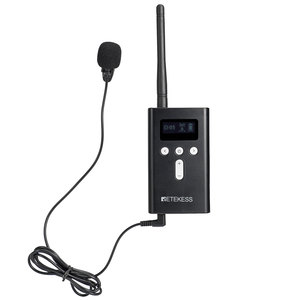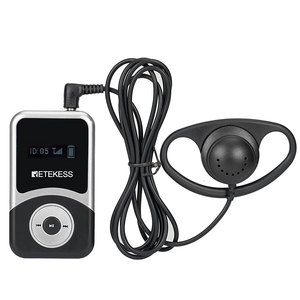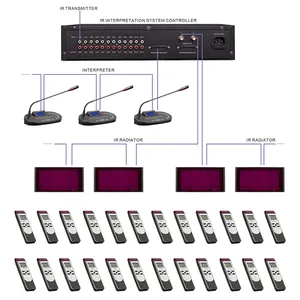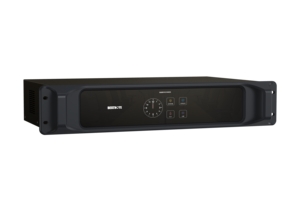Understanding the Simultaneous Translation System
A simultaneous translation system is an essential tool for breaking down language barriers during conferences, meetings, and events. It enables real-time interpretation, allowing participants who speak different languages to communicate effectively without delays. This system is widely used in various settings, from international business gatherings to diplomatic discussions and educational conferences.
Types of Simultaneous Translation Systems
- Infrared Systems: These systems use infrared light to transmit audio signals to headsets worn by listeners. They are ideal for smaller venues where direct line-of-sight is possible.
- FM Systems: FM (frequency modulation) systems utilize radio signals, making them suitable for larger spaces. They offer broad coverage but may require radio licensing in some regions.
- Digital Systems: These modern setups utilize digital transmission technology, providing enhanced audio quality and flexibility. They can often be integrated with mobile devices and apps.
- Remote Simultaneous Interpretation (RSI): This groundbreaking approach allows interpreters to work from a distance, using audio and video streaming technologies, thus expanding accessibility beyond physical limitations.
Applications of the Simultaneous Translation System
- Business Conferences: Businesses operating globally utilize simultaneous translation systems during presentations to ensure all parties understand the content in real-time.
- International Events: From the United Nations assemblies to cultural festivals, these systems facilitate multi-lingual communication among diverse audiences.
- Educational Settings: Universities and educational institutions use simultaneous translation systems for classes, seminars, and international workshops, enhancing learning experiences for non-native speakers.
- Legal Proceedings: In courtrooms, simultaneous translation systems enable non-English speakers to participate fully in legal processes, ensuring fair representation.
Features and Advantages of the Simultaneous Translation System
- Real-Time Communication: Instant interpretation minimizes delays, allowing smooth conversations to unfold without unnecessary interruptions.
- High-Quality Audio: Advanced audio technology ensures clear sound transmission, enabling interpreters to deliver accurate translations without distortion.
- User-Friendly Equipment: Modern simultaneous translation systems are designed to be intuitive with easy-to-use interfaces for both interpreters and users.
- Scalability: These systems can be scaled to accommodate various event sizes, from intimate meetings to large conventions, making them versatile in nature.
- Increased Engagement: By providing immediate understanding of presentations, attendees feel more engaged, leading to richer discussions and networking opportunities.








































































































































































































































































 浙公网安备 33010002000092号
浙公网安备 33010002000092号 浙B2-20120091-4
浙B2-20120091-4